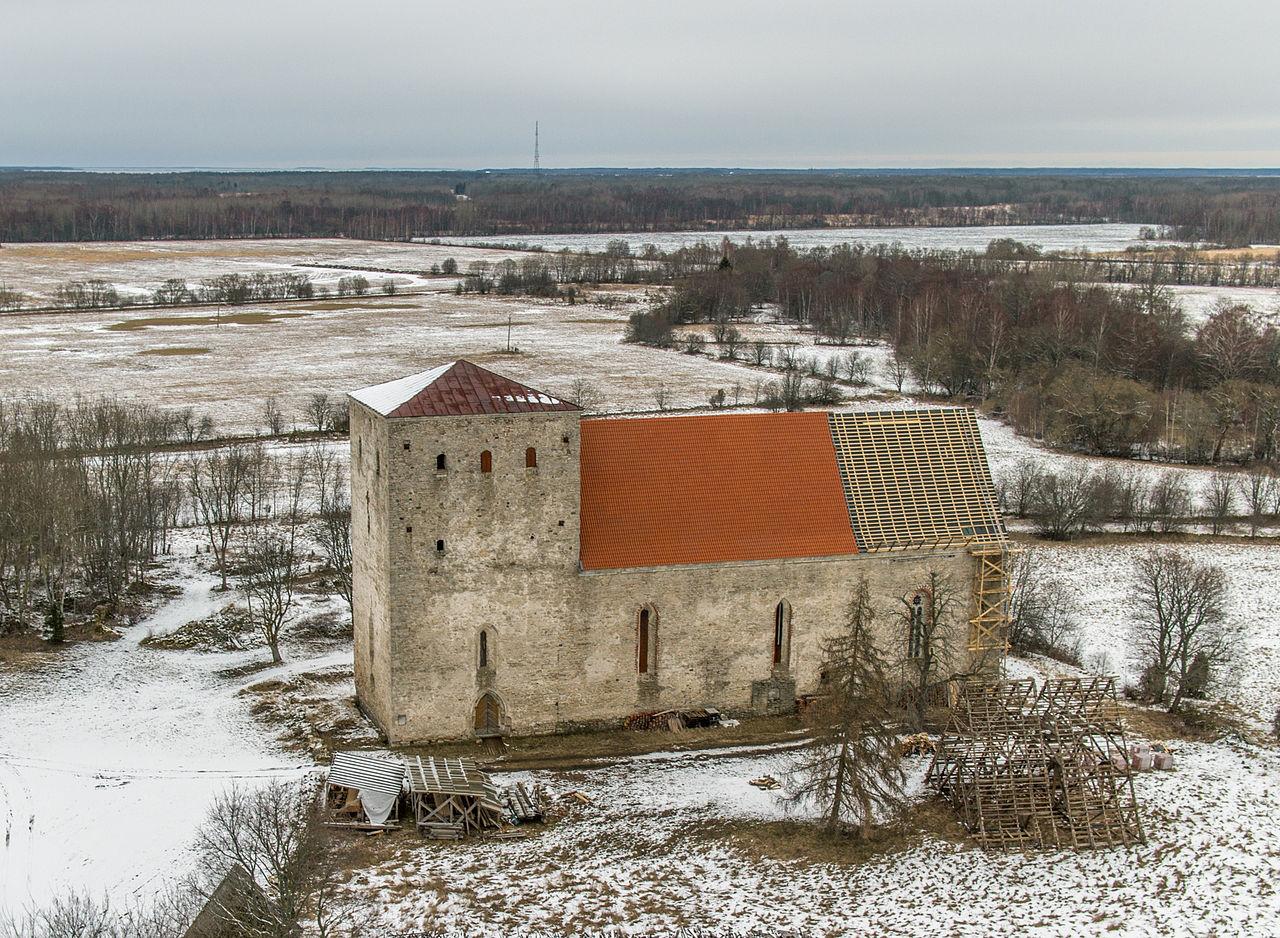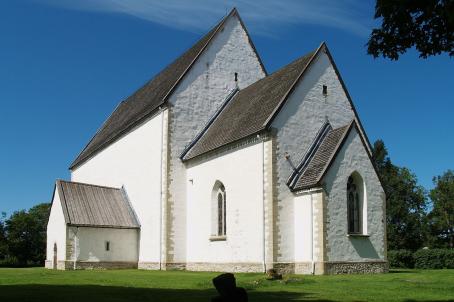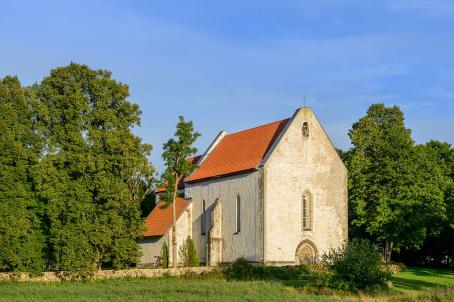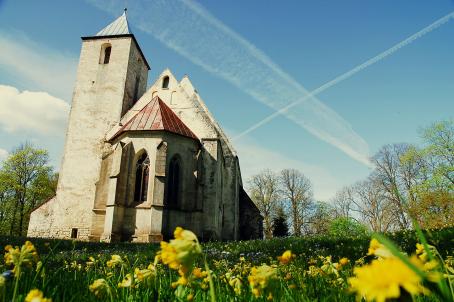Pöide Maarja Church
Pöide Maarja Church is a fortified church probably completed in the 1230s. Only the lower part of the sidewalls of the two central vaults of the present church has survived. At the end of the 13th or early 14th century, the original church was extended by a vault in both directions. The imposing western tower of the church probably also dates from before the St. George's night uprising (1343-1345). After the conservation work in the Muhu church in 1958, roofing and conservation work was also undertaken in the Pöide church. The works were completed in 1961.






